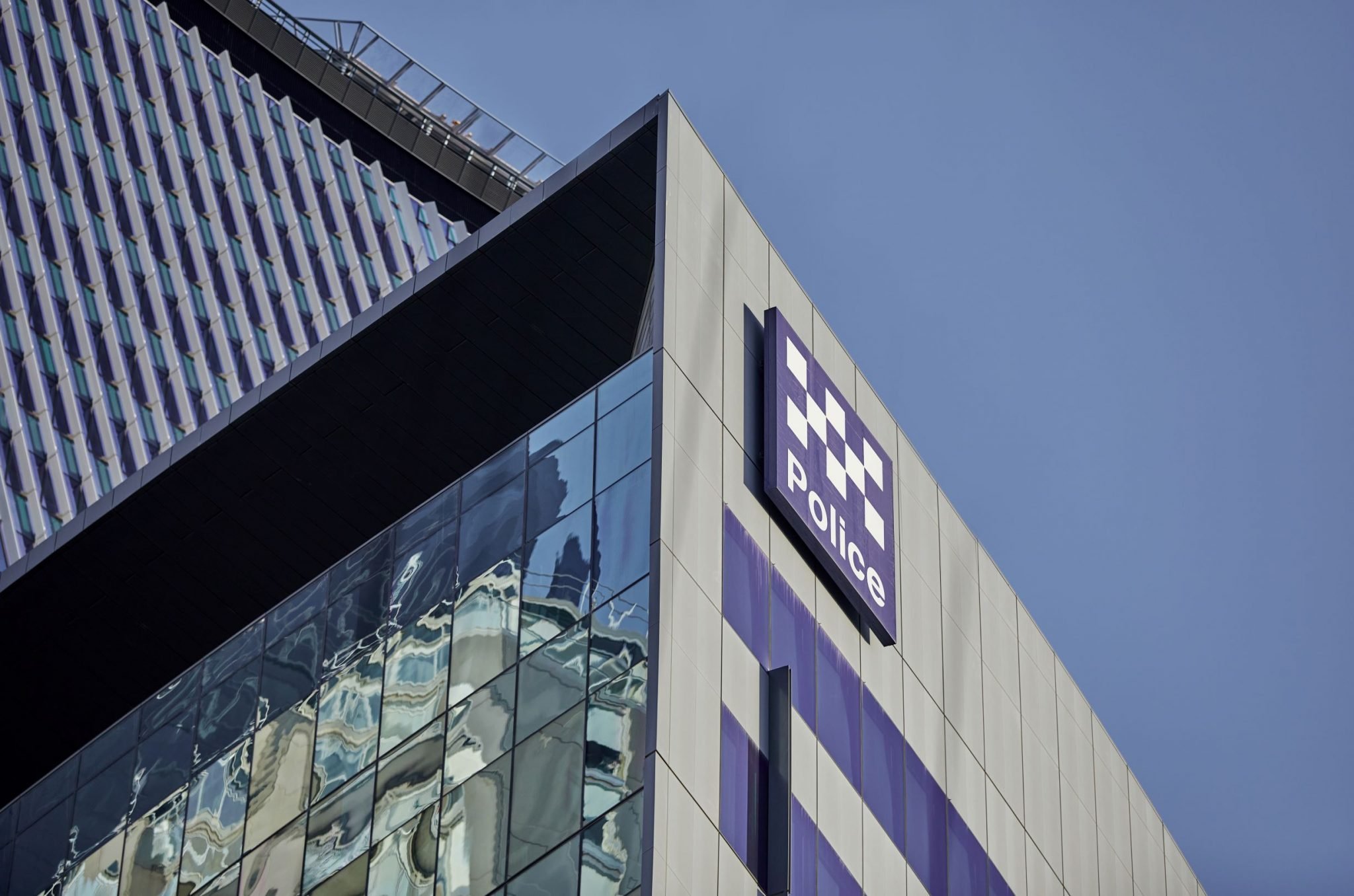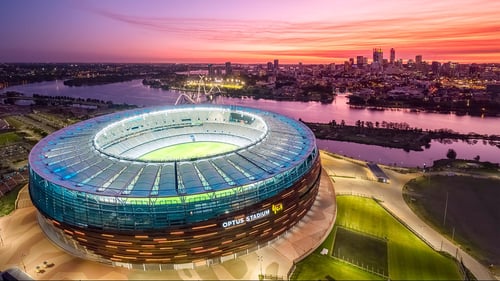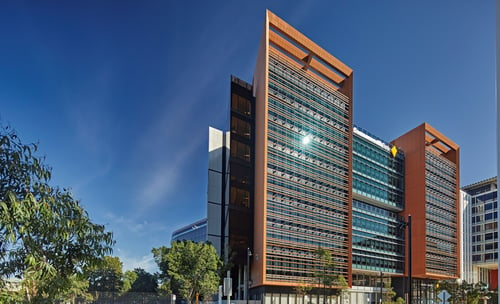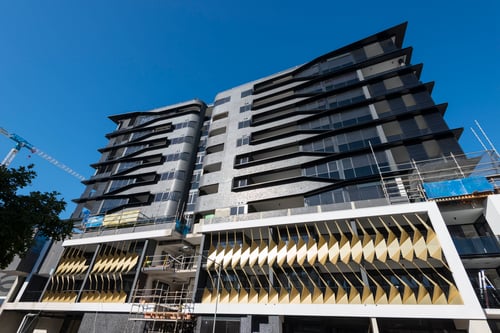Did you know?
Aluminium can be utilised for more applications than almost any other metal in the construction industry.
The use of aluminium in design and construction has a strong history, primarily due to its ability to be flexible, lightweight and durable. With NCC 2022 regulatory changes and an increased focus on compliant cladding solutions, many within the design and construction industry are now wondering what the best option is.
What you may not realise is that aluminium comes in various grades, each of which are suited to different applications. Therefore, it is just as critical to consider which grade of aluminium is required for your project, as it is which material you want to feature in the first place.
Aluminium grades, what are they?
There are seven different alloys (or blending agents) commonly used in aluminium manufacturing. Each series starts with a number between one and seven – that number identifies what alloying element has been added to the aluminium.
Specifying the suitable grade of aluminium for your project, whether it be industrial or architectural, will depend on the qualities of that alloy. Different alloys have different benefits, including workability, corrosion resistance, heat treatability, electrical conductivity, strength and flexibility.
An overview of the different series is listed below:
- 1000 series: the purest commercial aluminium grades, containing at least 99% pure aluminium. Because of its superior corrosion resistance, it is mainly used in specialized chemical tanks or conductive bus bars.
- 2000 series: alloyed with copper for increased strength, and is often used for aircraft and aerospace industries.
- 3000 series: these alloys contain manganese, and are often used for chemical and food equipment, and buildings.
- 4000 series: these alloys are wrought with silicon, lowering their melting point.
- 5000 series: known as ‘marine grade’ aluminium, is alloyed with magnesium, corrosion resistant but non-heat treatable, hence it is widely used in fabrication such as transportation, tanks, vessels and bridges.
- 6000 series: alloyed with magnesium and silicon, and respond well to heat treatment.
- 7000 series: contain zinc, the highest-strength commercial grades of aluminium, and is often used in high performance applications like aircraft, aerospace and competitive sporting equipment.
The most common aluminium used in the general construction and fabrication industry is 3000 or 5000 series alloys.
5000 marine grade aluminium sounds stronger, doesn’t it? But is it the right choice for your architectural application? More than likely not.
It is important for engineers and architects to have a clear understanding of the features, benefits and downfalls of the different grades of aluminium when requesting a specific type for a project. For example, when it comes to the 5000 series marine grade of aluminium, this type of aluminium alloy has a high tensile strength and is highly resistant to corrosion, which leads people to think it’s ideal for the Australian coastal market where buildings are nearby saltwater. However, it is the ultimate choice for use in building ships, or for the finer, decorative details on marine vessels. The pitfall of using 5000 series on a building’s façade, however, is the lack of machinability and thermal expansion compared to that in the 3000.
Because of these concerns, fabricated aluminium, like that used on wall panels and general construction facades, would be better engineered with 3000 series aluminium, which forms very well (without cracking or fracturing) but also has a reliable tensile and impact strength. 3000 aluminium is preferred by builders and installers due to its benefits:
- More rigid – this provides increased spanning performance.
- Machinability – cleaner and faster cutting and routing speeds over 5000 series.
- Corrosion resistance – due to the presence of copper, 3003 aluminium is highly resistant to corrosion. This grade of aluminium is considered architectural grade, Vitradual has a 4000 hours salt spray resistance test.
- Lower thermal expansion rate – resulting in less oil canning.
3003 Series Characteristics
|
Corrosion Resistance |
Formability | Weldability | Anodising | Braze Ability |
| Very Good | Very Good | Very Good | Very Good* |
Excellent |
*Source: Aluminium Datasheet from Austral Wright Metals
When designing and manufacturing Vitradual Solid Aluminium Cladding, Fairview made the decision based on machinability, performance and durability to use 3000, as it ultimately is an architectural grade aluminium, suited specifically for façades. However, Vitradual manufactured with 5000 series aluminium is still available by request.
Vitradual is proud to showcase the following tests and assessments;
| Required By BCA | Elected additional testing |
| AS 1530.3 – referenced in C1.9(e)v | AS 1530.1 – Confirmed non-combustibility of solid aluminium |
| 4000hrs Salt spray resistance – corrosion resistance performance | |
| 4 Point bending – structural performance | |
| Fatigue testing – performance of folds on cassette panel relating to repeated wind loadings & thermal movement | |
| Grade & Temper testing – added assurance of material properties | |
| AAMA2605 – coating performance specification | |
| Codemark – confirmed collation of BCA compliance | |
| RED Fire Assessment – added confirmation of compliance | |
| IGNIS BAL rating assessment – for use in bushfire zones | |
| Euroclass A1 testing – further confirmation of performance | |
| Fairview’s 15 year standard warranty – covers paint & panel, warranted BY FAIRVIEW Australia not an overseas supplier |
In addition to all the above, the backing and support of the largest technical division location in Australia for the aluminium cassette façades, our ongoing commitment to innovation of simplified, verified and certified systems is key in reducing the liability of trades as well as principal contractors.
Discover our aluminium cladding solutions by downloading our Aluminium Cladding Panels eBook to get the latest NCC 2022 façade compliance information, design inspiration and technical information.
Or request a complimentary sample of our high-performance panel range, including Vitradual, the solid aluminium panel, and Vitracore G2, the bonded engineered panel.
To find out more about our range of aluminium cladding panels or to discuss which series is safest for your next project, get in touch.




